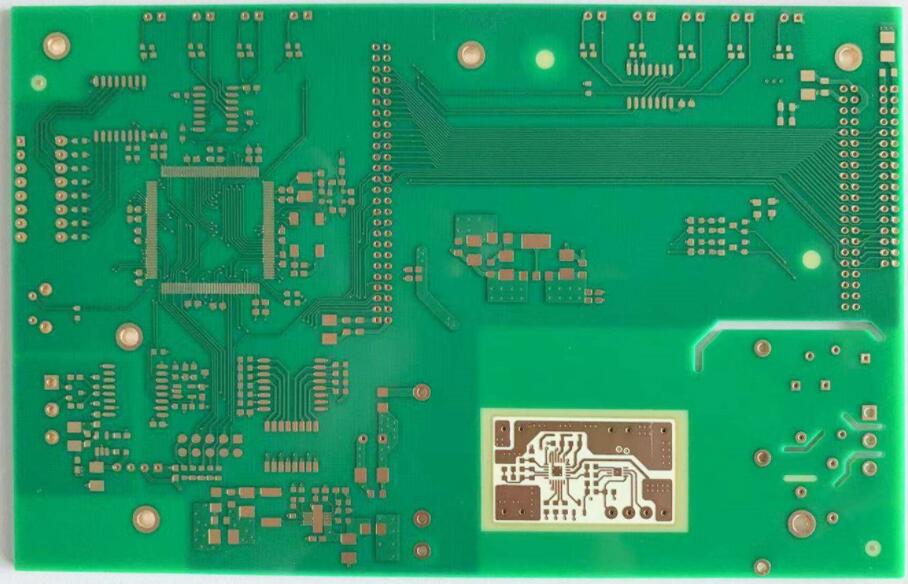The online tester, as the name suggests, is a tool for testing and repairing PCBA boards. It can complete online and offline functional testing of all small and medium-sized digital integrated circuits, memories, and some large-scale integrated circuit chips. You can also test the V-I curve at any point on the PCB.
Main functions of the online tester
1. Functional test
The functional test is abbreviated as ICFT, which is the online tester uses the post-drive principle to drive the circuit, and finally performs a comparative analysis to get the result. The principle of post-driving is to make the circuit change according to the tester’s intention, forcing the level of its input to become higher or lower, so that the door under test is "isolated" from the surrounding circuit, and see if its output and input meet the specified logical relationship, So as to complete the logic function test of the circuit chip.
2. Curve test

Curve test refers to VI curve test. It can judge the fault point by comparing the form. First, test two nodes on a working PCB board to obtain the voltage (V)-current (I) relationship curve, and save the test results as a standard for future comparison operations. When the same type of PCB board fails, you can use the online tester to perform VI test on any two nodes of the failed board, and at the same time call out the VI curve between the corresponding two nodes of the normal PCB board for comparison, if the comparison result exceeds If the normal range is exceeded, then the two nodes should be one of the fault points.
3. Memory test
For random read/write memory (RAM), use the write/read method to test, that is, write a piece of data to the memory cell first, and then read it out, to see if the two data are the same, if they are different, the memory appears Fault. For read-only memory (ROM), first read out the content of its storage unit and store it in the computer. In the future, compare it with the content read from the corresponding memory on the faulty circuit board, and the same indicates that there is no problem.
4. Status test
It is judged by testing the level state of each pin of the device and comparing it with a good device.
5. Custom test
The online tester also provides a digital circuit functional test platform. Users can define the excitation of the input pins of the device under test and describe the logical relationship between the output and the input. If the logical relationship is met, there is no problem with the device.
Application of Online Tester in Repairing PCBA Board
1. Preparation before maintenance
If there is no label on the components on the PCB, you should draw a diagram of the location of the PCB components and mark the number on the diagram. When testing, use this label for identification.
Build a comparison library. This is an important task before using the online tester to repair the PCB board. The so-called library building refers to the test results of the component pin status, VI curve waveform, and read-only memory data in the file of the test results of the normal PCB board through the test, so that it can be called out for comparison and analysis with the failed board during maintenance.
2. Repair steps
Step 1: Visual inspection. When a PCB board needs to be repaired, you should ask about the failure phenomenon, and carefully observe whether there are obvious failures such as burnt, blown fuse, loose plug-in or disconnected connection on the board.
Step 2: Test the power supply. Use a multimeter to check whether there is a short circuit in the working power supply of the components on the PCB circuit board.
Step 3: Offline testing. Remove the pluggable components on the board and perform offline testing.
Step 4: Online test. Test other components on the board to determine the point of failure.
Step 5: Trial run. After the fault point is determined and eliminated, it must be tested online to verify whether the fault is completely eliminated. If it still does not work, you must follow the above steps to find the fault again.
Step 6: Organize records. During the testing process (including building a comparison database), you should make a record while testing, especially where there are suspicious places, and record the phenomena observed during the test in detail.